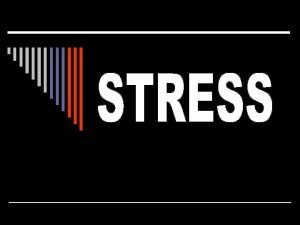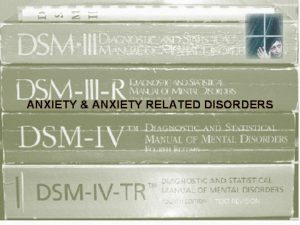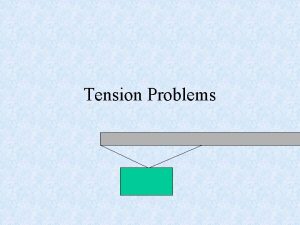worry anxiety tension frequent distressing worry thats difficult






- Slides: 6


worry, anxiety & tension frequent distressing worry that’s difficult to control about many things that might go wrong in the future restlessness, irritability, muscle tension, fatigue, difficulty concentrating, and sleep disturbance more “freeze” than “fight/flight”: thoughts more than images, unhappy but not strongly connected to emotions or the present moment

successful cbt approach to worry üself-monitoring for early signs of anxiety and tension ütraining in calming skills, application during daily life, and coming into the present üusing imaging to encourage use of calming skills and cognitive coping strategies ücognitive coping strategies include worry tree, worry outcome diary, worry problem solving times, worryfree zones, beliefs about worry, etc

notice when you’re getting caught by worries ask yourself what the worry is really about can you do something about it? “no” let the worry go the “worry tree” “yes” now or later? now later decide on action & do it decide when to act & schedule it let the worry go

how to let worries go experiment to find out which of these methods, singly, combined or adapted, works best for you: remind yourself that worry isn’t helping consider rational, balanced alternative viewpoints see thoughts as fish hooks – let them float on by exaggerate the worry until it becomes obviously ridiculous use applied relaxation and/or imagery e. g. worries into box act unworried in posture, expression, speech & behaviour redirect attention to more appropriate tasks write about the feelings/images – can use finger as “pen” set worry aside until your scheduled “worry time” when you can problem solve more effectively

how to lessen worry frequency it’s likely to help most if you use several of these methods: regular physical exercise several times weekly regular use of well taught applied relaxations skills clarify & correct any beliefs that worry is helpful use worry records to show worrying is a waste of time learn effective methods of active problem solving desensitise to most upsetting worries using loop tapes use therapeutic writing to work through particular fears identify times & situations when most vulnerable to worry & try to reduce exposure to these times/situations tom borkovec research on adding interpersonal focus











